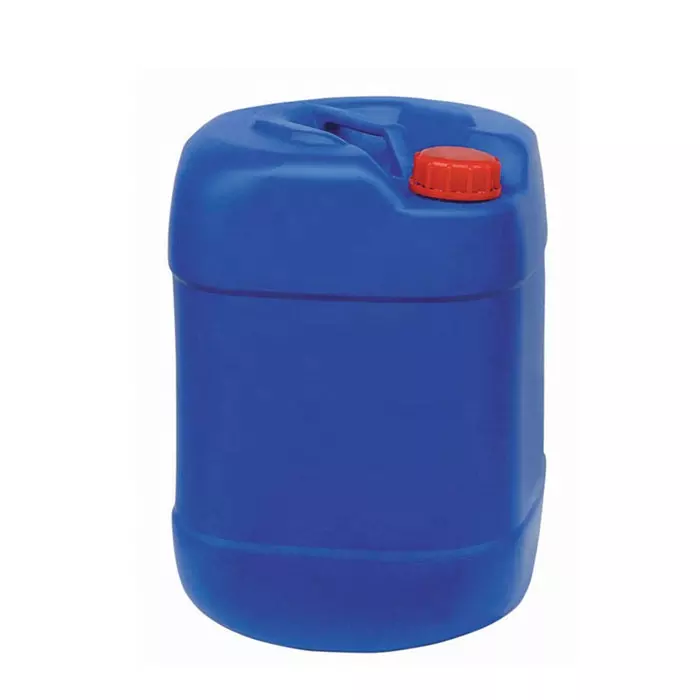Introduction
Automotive interior air quality is an essential aspect of vehicle comfort and safety. The presence of volatile organic compounds (VOCs), odors, and other pollutants in the vehicle cabin can negatively impact the health and well-being of occupants. To address these concerns, automotive interior catalysts have been developed to remove harmful substances and ensure cleaner air inside vehicles. This article explores the role of automotive interior catalysts, their types, mechanisms, and the impact they have on the automotive industry.
Understanding Automotive Interior Catalysts and Their Mechanisms
Automotive interior catalysts are materials designed to remove VOCs, odors, and other pollutants from the air inside vehicle cabins. They work by promoting chemical reactions that break down harmful substances into less harmful or innocuous compounds. These catalysts can be integrated into various automotive interior components, such as headliners, door panels, and seat fabrics, providing continuous air purification throughout the vehicle’s lifespan.
Types of Automotive Interior Catalysts
Automotive interior catalysts can be classified into two main categories based on their chemical nature:
Metal Oxide Catalysts: Metal oxide catalysts, such as titanium dioxide (TiO2) and zinc oxide (ZnO), are commonly used in automotive interior applications. They are effective in breaking down VOCs and other pollutants when exposed to light, particularly ultraviolet (UV) light. Metal oxide catalysts can be incorporated into various interior components, such as textiles, plastics, and coatings.
Photocatalysts: Photocatalysts are materials that utilize light energy to initiate chemical reactions that break down pollutants. They typically contain metal oxides, such as TiO2, combined with other materials, such as silver or copper, to enhance their catalytic activity. Photocatalysts can be integrated into various automotive interior components, providing continuous air purification even under low-light conditions.


Impact of Automotive Interior Catalysts on the Automotive Industry
The use of automotive interior catalysts offers numerous benefits to the automotive industry, including:
Improved Air Quality: By removing VOCs, odors, and other pollutants, automotive interior catalysts ensure cleaner air inside vehicle cabins, enhancing occupant comfort and well-being.
Enhanced Safety: The reduction of harmful substances in the vehicle cabin contributes to a safer environment for occupants, particularly for sensitive individuals, such as children, elderly, and those with respiratory issues.
Compliance with Regulations: Automotive interior catalysts help automakers comply with increasingly stringent regulations regarding indoor air quality and the use of eco-friendly materials in vehicle production.
Long-lasting Performance: The integration of catalysts into various interior components ensures continuous air purification throughout the vehicle’s lifespan, with minimal maintenance required.
Automotive Interior Catalysts in Action: The Air Purification Process
The air purification process involving automotive interior catalysts typically involves the following steps:
Adsorption: Pollutants in the air come into contact with the catalyst-infused interior component and are adsorbed onto its surface.
Activation: The catalyst is activated by light energy, typically UV light or visible light, depending on the type of catalyst.
Oxidation: The activated catalyst promotes the oxidation of adsorbed pollutants, breaking them down into less harmful or innocuous compounds, such as carbon dioxide and water vapor.
Desorption: The breakdown products are released from the catalyst’s surface, allowing the catalyst to continue its air purification function.
Ongoing Research and Future Prospects
The field of automotive interior catalysts is continuously evolving, with researchers exploring new materials, designs, and applications. Some of the exciting developments in this area include:
Green Catalysts: The search for environmentally friendly automotive interior catalysts is an ongoing effort, aiming to minimize the use of toxic materials and promote sustainable production processes.
Nanotechnology: The incorporation of nanomaterials in automotive interior catalysts offers the potential for improved catalytic performance, enhanced air purification efficiency, and new applications.
Computational Design: Advanced computational tools and techniques are being employed to predict and optimize the performance of automotive interior catalysts, accelerating the discovery and development of new materials.
Conclusion
Automotive interior catalysts play a crucial role in ensuring cleaner air and enhanced comfort in vehicle cabins, offering numerous benefits to the automotive industry. As research continues to uncover new catalysts and applications, the role of automotive interior catalysts will undoubtedly expand, contributing to the development of innovative, sustainable, and high-performance automotive interior solutions.
Recommended Reading:



